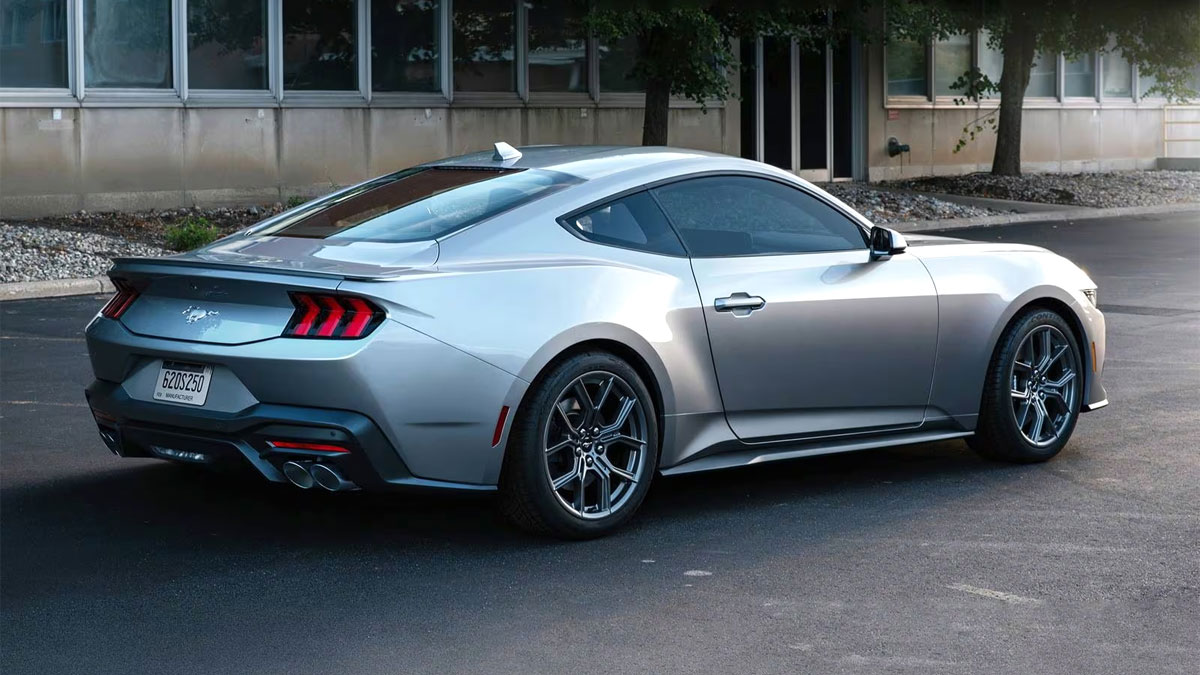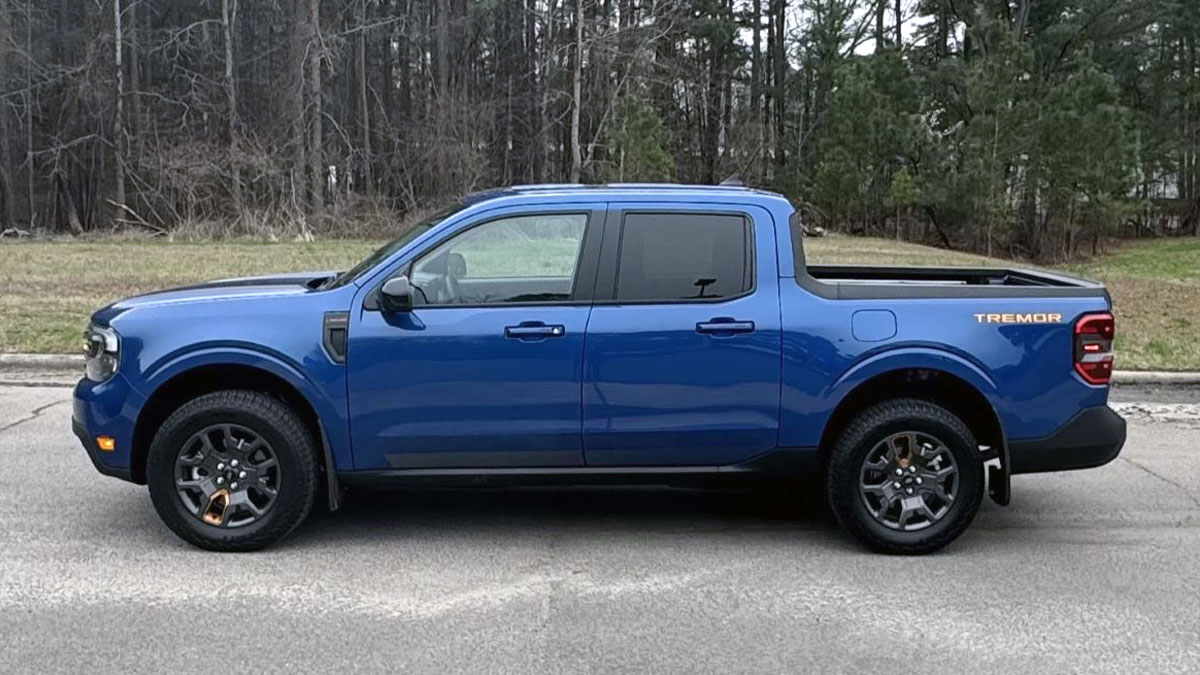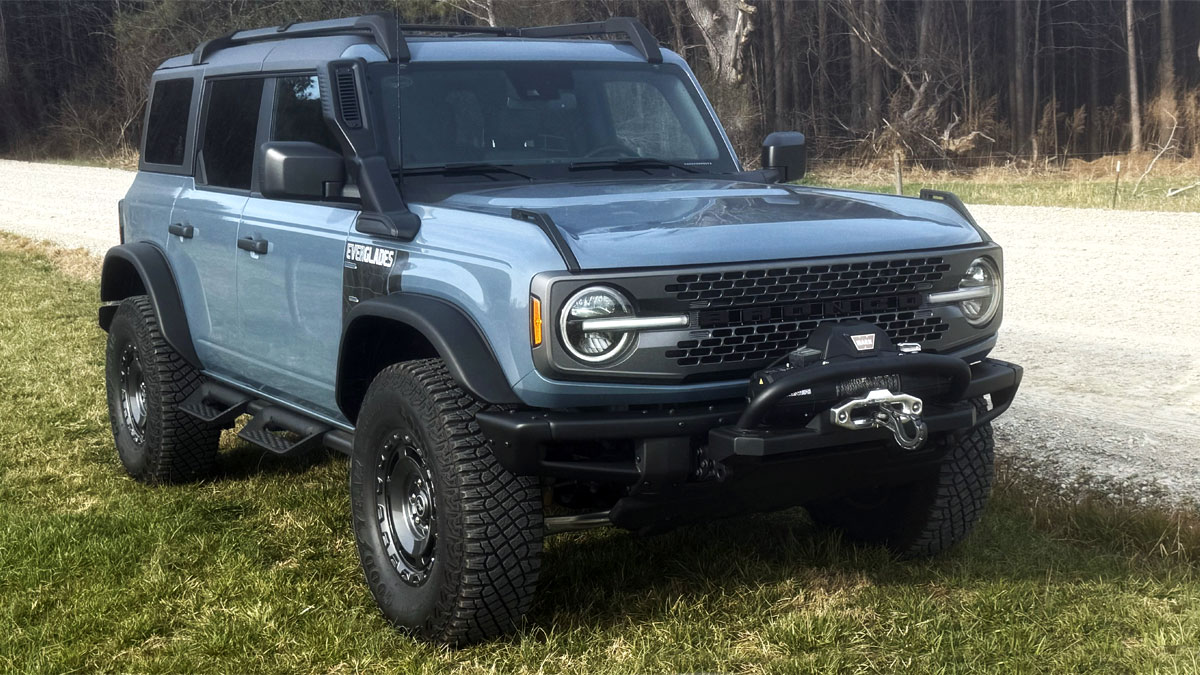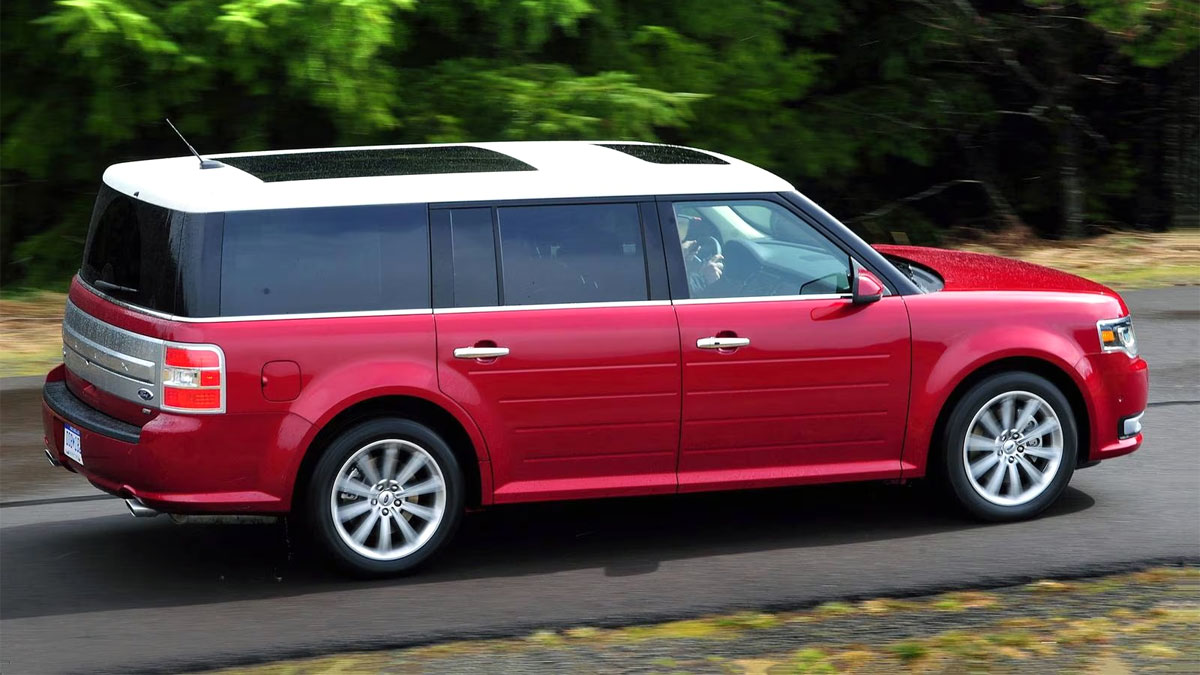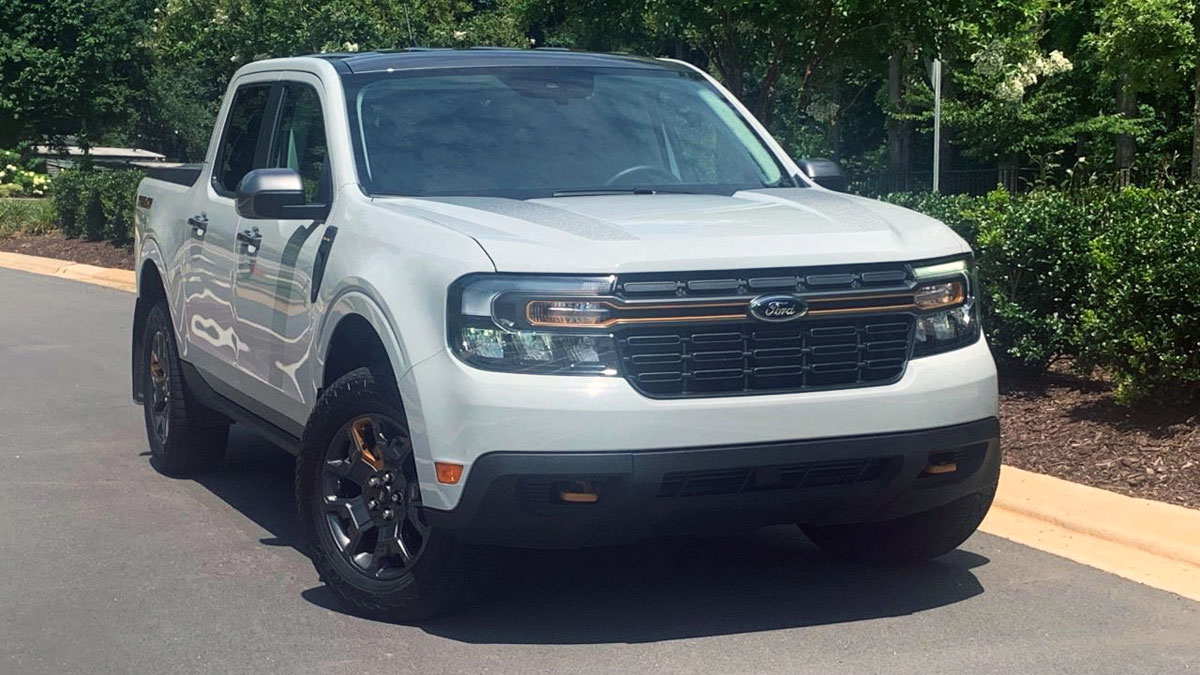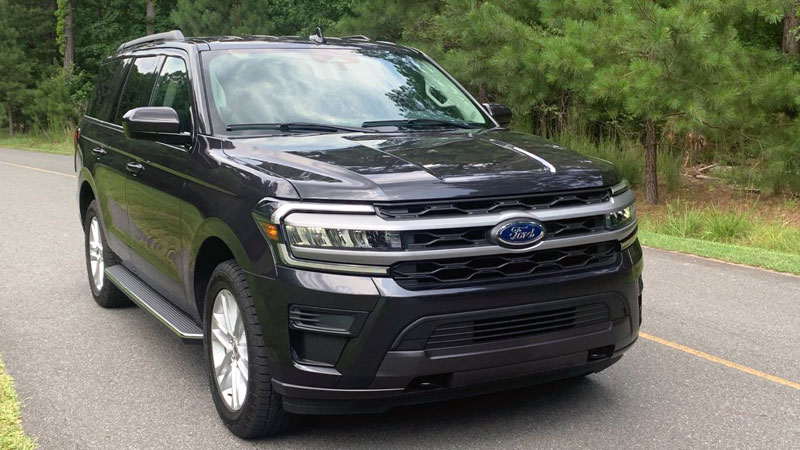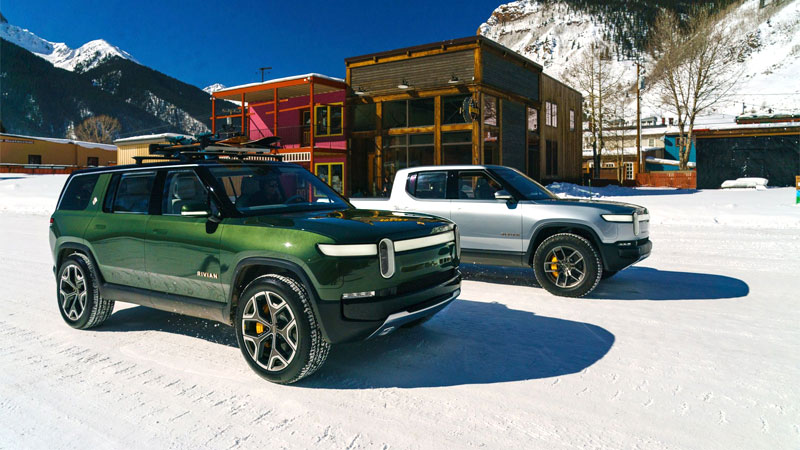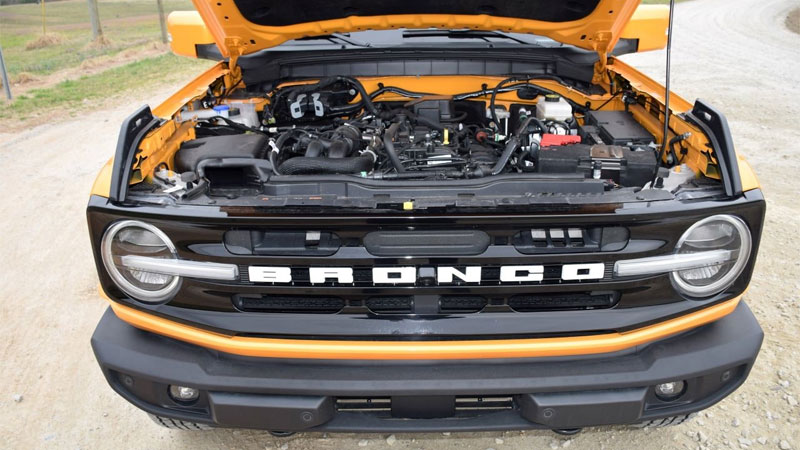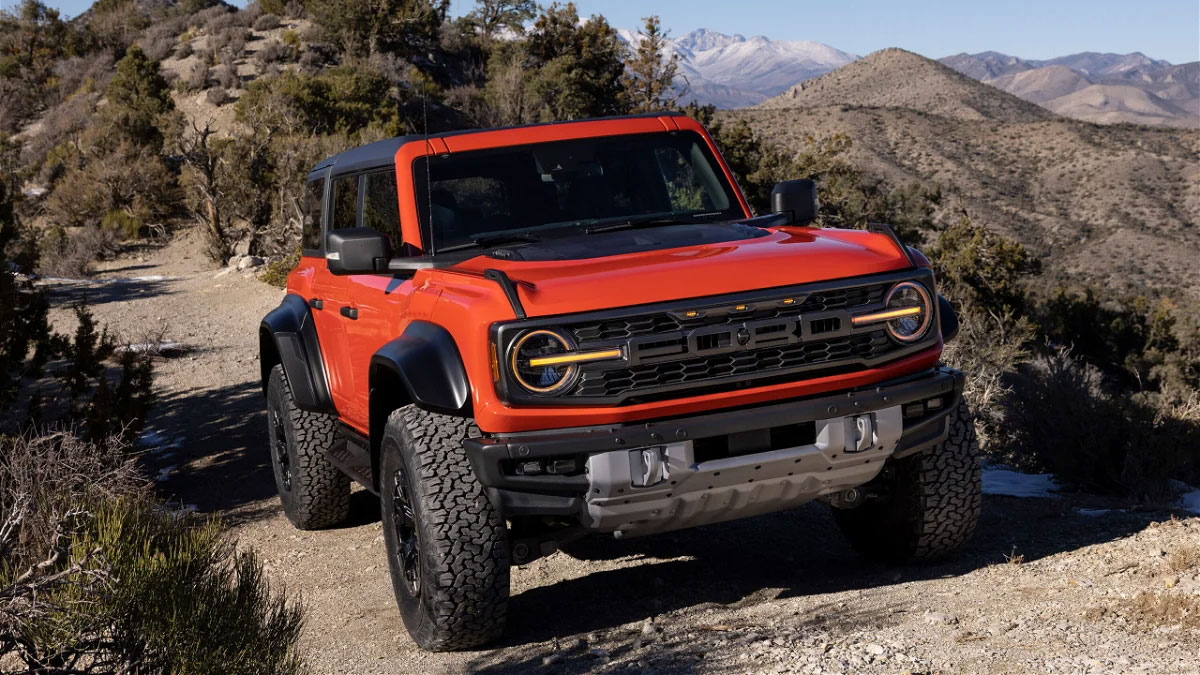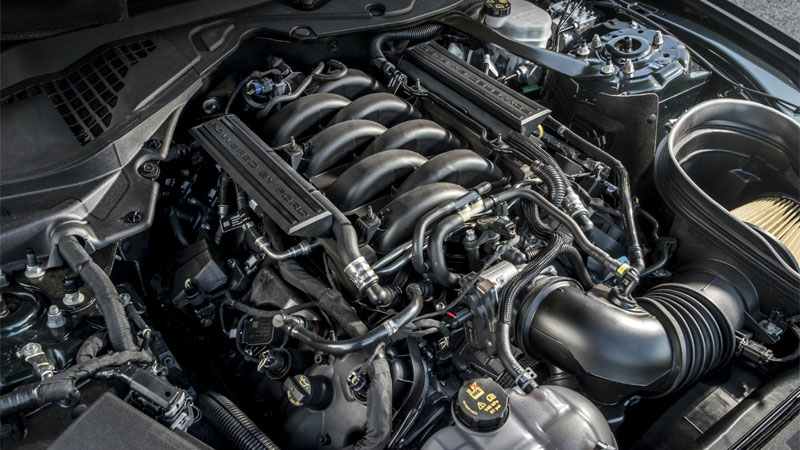2024 Ford Mustang (Iconic Pony Car Evolves)
The 2024 Ford Mustang introduces subtle updates as it ushers in what Ford proclaims to be the seventh generation of this legendary car. While some might question this milestone, the key takeaway remains clear: Ford is committed to preserving its beloved pony car, even as rivals disappear (Camaro) or undergo … Read more

